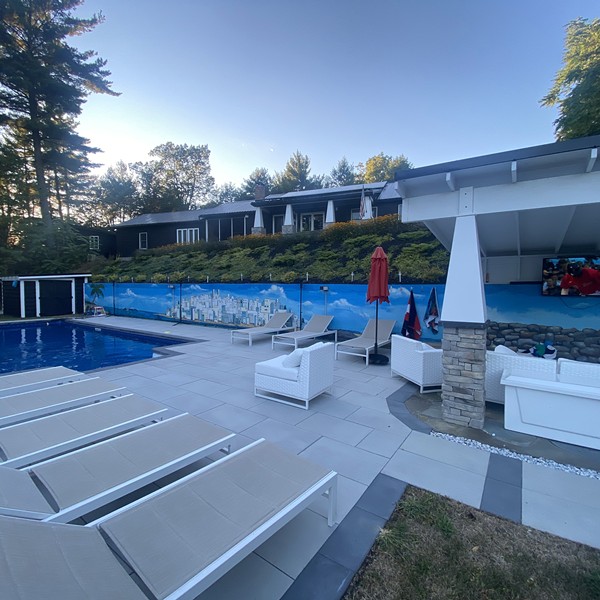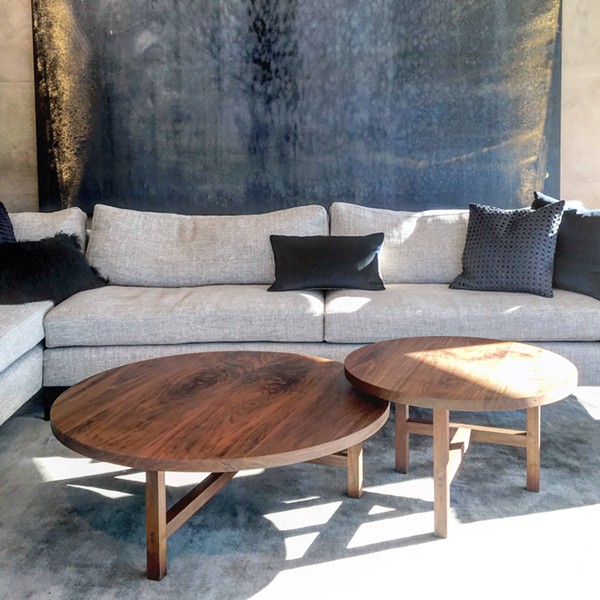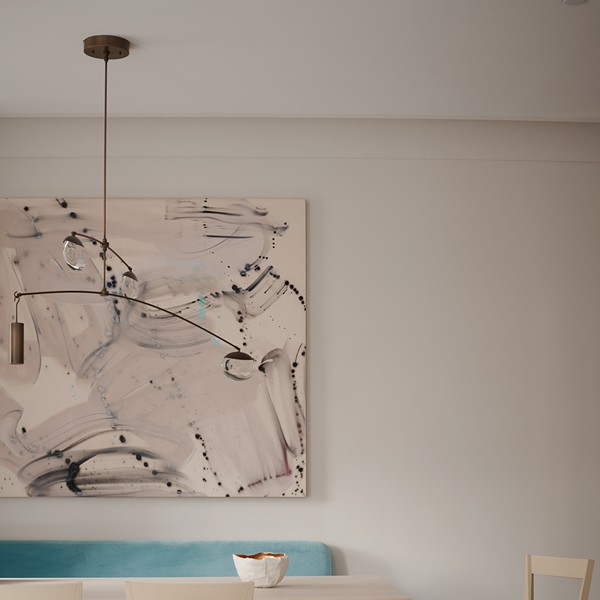The notion of “spring cleaning” has become something of a cliché, but with good reason. The changing of the season, the rebirth of life—it’s a time when people are often more inclined to make changes at home, clear out the clutter, and get more organized.
According to decluttering experts, it’s always best to come up with a plan before doing anything. And part of that plan is considering why something as seemingly simple as removing clutter might be far more important than you realize.
Rosalyn Cherry is the creator of Clutter Master, a guide and hands-on kit designed to make organizing easy. She says removing clutter can have positive emotional impacts that people might not even think about. “A basic definition of clutter is ‘a confused multitude of things,’” Cherry says. “When there is no clutter, you are surrounded by the things that nourish you. Everything has a place, so you can find what you need with ease. Your living space reflects who you are. You move forward in life, open to possibilities instead of being weighed down with too much stuff. It is a glorious feeling of freedom and it is attainable with time and effort.”
Johanna Bard, owner of Your Hudson Valley Organizer and a member of the National Association of Professional Organizers, agrees, adding that it might be especially important in times of financial strife. “Let’s just take the economy right now,” Bard says. “If people in general have less money to spend and aren’t going on vacations, perhaps it’s better spent in creating your nest, creating your vacation at home and having a calm and serene and fun place to be.”
Design Intent
In undertaking an organizing project regardless of the scope, coming up with a game plan might be the best place to start. Marie Mendoza, New York State–certified interior designer and owner of Kingston-based Marigold Home, says it’s simply a matter of considering what you have to work with. “The best first step is to identify the size of your space and to remember what you can put in your space is only what the space will allow,” she says. “It’s like putting water in a pitcher.” Mendoza says the next step might be to figure out what you’d like your space to look like, something she calls “design intent.”
“There should be a design scheme, and then once you have that master-plan design scheme, you can start implementing. From step one, there should be a goal, and step 100 would be you achieve that goal.” Not adhering to one’s design intent, Mendoza says, is how people run into trouble in the first place. “That’s how things get cluttered. It becomes a hodgepodge. It becomes like a circus.”
Bard recommends starting small so as not to feel too burdened by the project, a pitfall many people have been snared by. “It’s important to understand that it’s not necessarily as overwhelming as you think it’s going to be,” she says. “If you’re going to tackle the kitchen, start with one shelf in one cupboard. Decide what is going to stay and what is going to go.”
It’s also important to realize that if you have clutter in your life, you aren’t alone. “It happens to everybody,” Mendoza says. “It’s because of change.” When organizing one’s home, Cherry recommends making decisions in a decidedly organized fashion, by starting with a large trash bag and a few boxes.
“Make the following signs on cardboard or index cards,” she says. “‘Keep Here.’ ‘Keep Elsewhere.’ ‘Repair.’ ‘Sell.’ ‘Give Away.’ Attach these cards to the bags or boxes.”
Once this row of receptacles is ready, Cherry says it’s important to select an item and ask three simple questions to determine whether it belongs in one’s life anymore: Has it been used in the past year? Does it add to or help one’s life? Does it reflect who one really is?
“Put each item in the correct pile or in the trash bag,” she says. Set aside 15 minutes for starters, to evaluate items. “Handle the rest and start another 15-minute session if you are up to it, or make a date for the next session. I call it building the declutter muscle. You do this over and over with all the spots in your living space. It will take as long as you need over time to get to every spot. Once you have what you only use, what adds to your life, and what reflects who you are, you will know how to organize.”

















